Armored Warfare: Getting Into The Nuts And Bolts (But Mostly The Bolts) With Obsidian Entertainment
Read part one of our Armored Warfare/Obsidian Entertainment tour here.
When you're trying to compete head-to-head with a game that has over 100 million players, it's not enough just to mimic gameplay. It's true that Armored Warfare models its basic experience after World of Tanks, and that's something the team at Obsidian Entertainment wasn't shy about admitting. They want to take the best of that game, use what works, and toss out and change what doesn't. It's a logical formula, one that many games have done in the past when something big comes on the scene, to various degrees of success.
But the devil's in the details, and whether it's the bolt placement on a tank or a stray polygon wrecking gameplay, the dev team has a lot of work to do to make its game something that will both satisfy new players and get battle-hardened veterans to switch their allegiance.
Last Thursday, I and a host of other media folks were treated to a day-long exposition of Armored Warfare's inner workings, mostly in the form of group interviews with over a dozen members of the dev team. As we were hustled around from station to station, we gained more and more insight into just how a game like this comes together – and what still needs to be done.
The bad news is – and I apologize for this in advance to all the hard workers at Obsidian – that I wasn't able to grab most of the names during our whirlwind tour. But I was able to record the essence of everyone's message, along with several of those fine details that make a game like Armored Warfare come together and become the game that everyone, developers and players, wants it to become.
The Designs of War
Being a bit of a historical nut myself, the question I asked several of the dev team members was what sort of compromises they have to make sometimes between historical accuracy and gameplay. The response was typically a variation on the same theme: The team starts with reality and then tunes it for good gameplay. Just giving the tanks different class-like “powers,” as explained in the last article, is a bit of a deviation from reality but it makes for a better gameplay experience.
Sometimes tanks need to be “modified” slightly from their real-world designs, whether that's changing the range of their weaponry, the stopping power of their armor, or whatever. It's all about making a better game, even if the hardcore historians might ding them for accuracy every now and then.
In a future update, the team plans on making significant changes to the camouflage and stealth systems, such as adding gun suppression for tank destroyers, a kind of “silencer” that's being added because, stealthy as they are, once they fire and reveal their position, TDs tend to get pretty quickly blown up. Vehicles with rapid-fire autocannons will also get progressive penalties to their camo based on how much they fire, and you'll receive more feedback from the game, including better indicators for direction of fire and intensity, to help you react and stay alive.
Speaking of “dinging for accuracy,” it can get taken to extremes, with experts complaining that bolts are placed incorrectly on a vehicle or that tires aren't spaced properly, forcing the art team to rework their design. Different models of tanks can also present difficulties. One vehicle, the British Swingfire, was put in the game with a rear hatch on one side of the vehicle, only to have a fan complain that he had driven a Swingfire and the hatch was on the other side. Further studies showed that there were multiple models of the Swingfire, some with the hatch on one side and some with it on the other, so the original design stayed unmodified.
Sometimes, there's only so much the team can do, especially in the case of some late-model Russian vehicles which, suffice to say, the Soviet Union wasn't all that eager to share the specs of. Sometimes, they have nothing more than a grainy photograph to go by and have to guess at details and hope that they match up “well enough.”
All in all, it takes about three months for a single vehicle to come to life, and it requires pinpoint accuracy not on the battlefield, but in communication between departments, with many modifications having to be explained via e-mails using plain old text. As any artist who's had to work with an editor, or vice versa, will know, this can be a trying experience. Toss in an occasional language barrier, and it's a wonder Armored Warfare's vehicles don't take more like three years to come into being.
The Fields of War
Tanks aren't much use without somewhere to drive them. Our next stop was with Armored Warfare's mapmakers, who dazzled us with the variety of tools they have at their disposal to create the play spaces for the game and how they analyze them to make them better.
The most interesting thing we saw was a flow map that showed how tanks moved around the map, using data from thousands of battles, that can be customized to show data only from when one team or the other wins. From this, the team can see what the vital parts on the map are to control, and how that leads to victory. On the arctic map we saw, it was determined that when the southern team takes a hill to the southwest, they win most of the time. If they don't take that hill, it's usually a win for the other team. Using this information, the team can decide if that provides for good, strategic gameplay and should remain as it is, or if it puts too much emphasis on a relatively small part of the map and should be changed.
The actual maps themselves are built by a team of about a dozen talented artists working in a spacious, dimly lit room awash in the glow from at least two dozen monitors. (A lot of the programmers apparently like to work in darkened rooms; it would drive me crazy and induce some serious eyestrain.) As with the vehicle design, the environment artists need to merge style with purpose. Large terrain features like hills and buildings are the first things people notice, but small details can make a big difference. As I spoke with one artist, he told me that smaller tanks could exploit their size by slipping into a tiny space between a building and the edge of a map, so he put a large standing fuel tank in that space. It's the sort of thing you wouldn't think has any purpose if it wasn't directly explained to you.
Big Data
All the data used in those heat maps has to come from somewhere, and it's the job of Dave the data analyst to pull it and put it in a readable format. “When you need a number, go to Dave,” someone said, and Dave himself has a number of admin tools he can use to get what he needs.
Sometimes, it's not fancy tools or systems that get the job done, but good, old-fashioned spreadsheets. As someone who loves to play around with numbers in spreadsheets – yes, I know I'm weird that way – I was especially keyed into how the team analyzes the data from its matches and uses it to balance the game. I know, I know, everything you play is underpowered and everything the opposing team plays needs to be nerfed, but according to the data, which might contain information on more than just the few matches you play, that's not always the case.
Among other data, the win percentage for each vehicle is recorded, and the goal is to keep that range within about 45% to 55%, as long as there's a reasonably large sample size of battles with that vehicle to draw upon. If it goes too low, it might need a boost, and if it goes too high, a nerf. This is where reports from players can be crucial; if a tank is performing better than its specs would seem to indicate, it might be a bug, such as a stray polygon changing the angle of armor and making incoming fire deflect far more than it should. Or it might be that skilled players are just better in that tank and have learned how best to maximize its strengths while minimizing its weaknesses. The opposite can be the case for underperforming vehicles.
This is where a lot of that “modifying from real-life designs” mentioned earlier comes into play, having to tweak numbers to provide a more balanced and competitive game. It's a hard decision that requires a little bit of guesswork, and one that doesn't always work perfectly. Earlier in the beta, the team nerfed the Leopard tank, which was winning more than its fair share of battles. I didn't ask specifically about the reaction from the community of Leopard-lovers – though I can probably guess how it went – but I was told that the metagame overadjusted and now the Leopard is one of the least-played tanks in its tier. So it's back to the (numerical) drawing board for more iteration...
The Battle is Only Just Begun
After years of specializing in single-player titles, one Obsidian employee told me that it was “great to work on a live game.” It's a far different experience, he said, from the “fire and forget” model of single-player games, one filled with both excitement and anxiety.
When you've got effectively forever to get your game right – and a huge competitor you're trying to match – it's tempting to make bold statements and grand promises. But Project Director Richard Taylor is keeping the company's next big moves close to the vest, for now. They're “interested” in consoles, but they're not a major priority right now. Adding air vehicles, like War Thunder has, could be a possibility for PvE but probably not for PvP.
And then there's the big daddy of them all, e-sports. I wrote down a number of snippets from Taylor's delicate response to this question, including “I would love it,” “we have a ways to go,” and “certainly hope it's in our future.” It's clear that it's something he and the company are interested in, but they want to make sure they get the core game sussed out first.
I got an insightful peek into that sussing process last week, and by all accounts, it's coming along quite well. It's not there yet, and may never reach World of Tanks' lofty heights, but Armored Warfare's got the resources to make its mark in the online gaming world. It and Obsidian will be a player in the field for years to come.
Related Articles
About the Author

Jason Winter is a veteran gaming journalist, he brings a wide range of experience to MMOBomb, including two years with Beckett Media where he served as the editor of the leading gaming magazine Massive Online Gamer. He has also written professionally for several gaming websites.
More Stories by Jason WinterRead Next
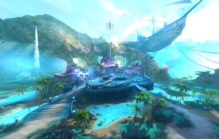
Aion has been around the block before.
You May Enjoy

And a free S-Rank character.

The event is free and will take place in Los Angeles.

Despite the name, this granary is far from normal.

Signups are open now.
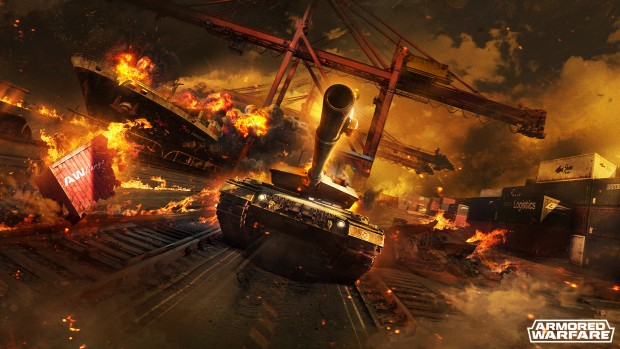
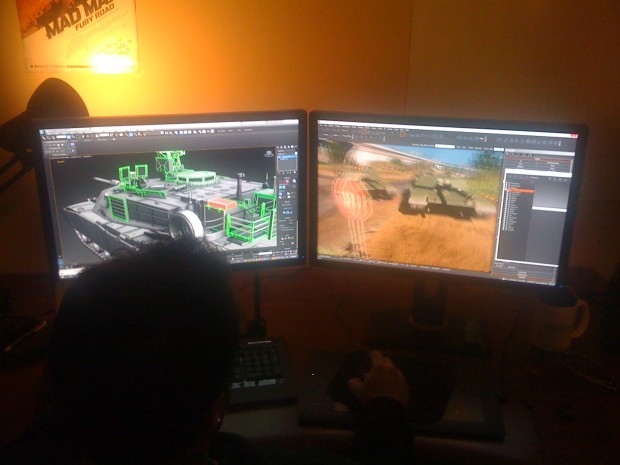
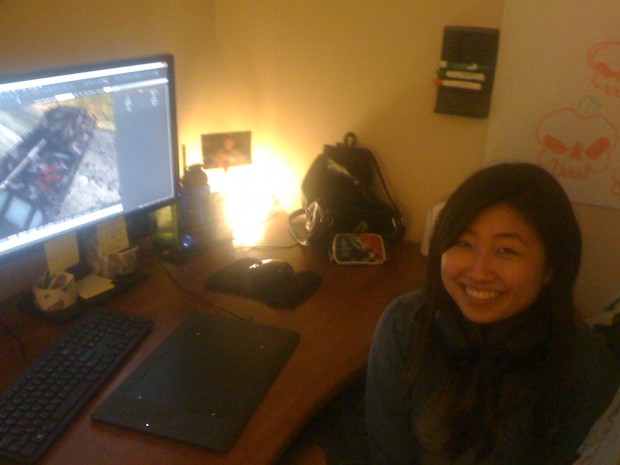
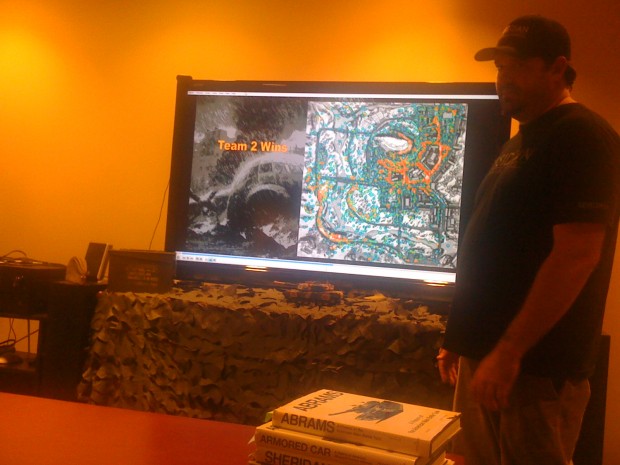
Discussion (0)